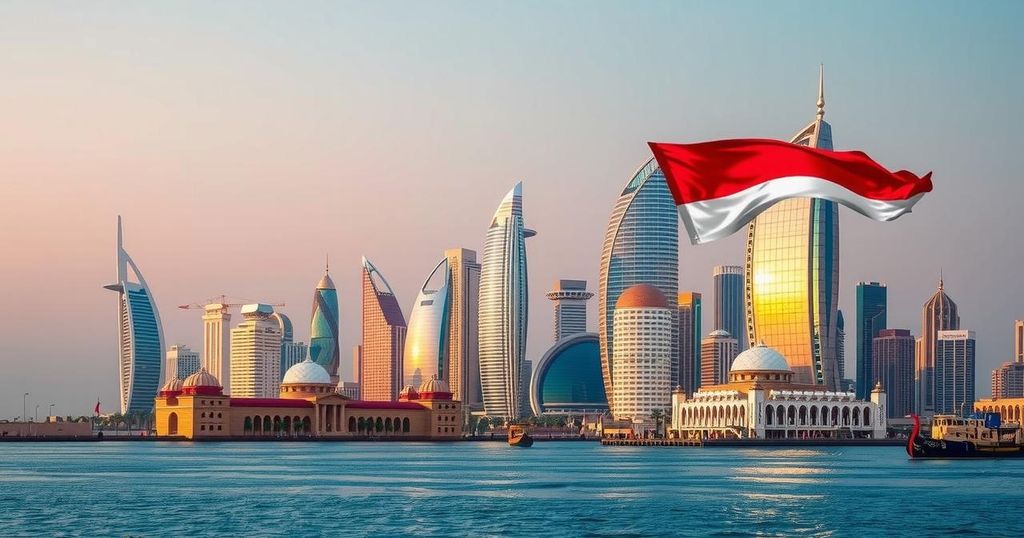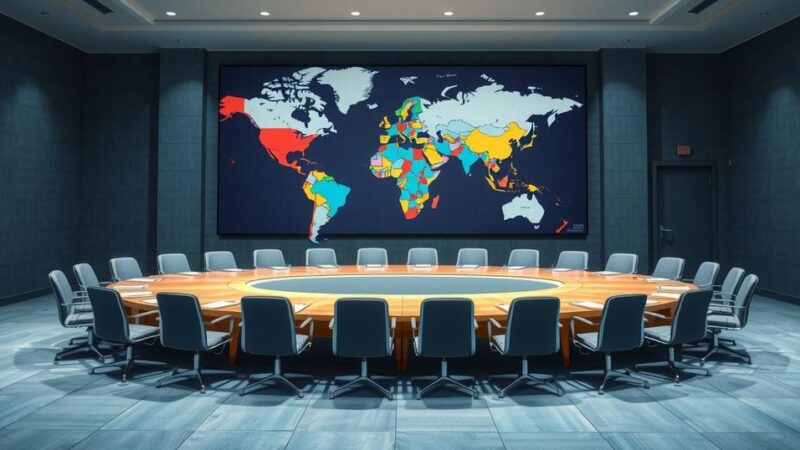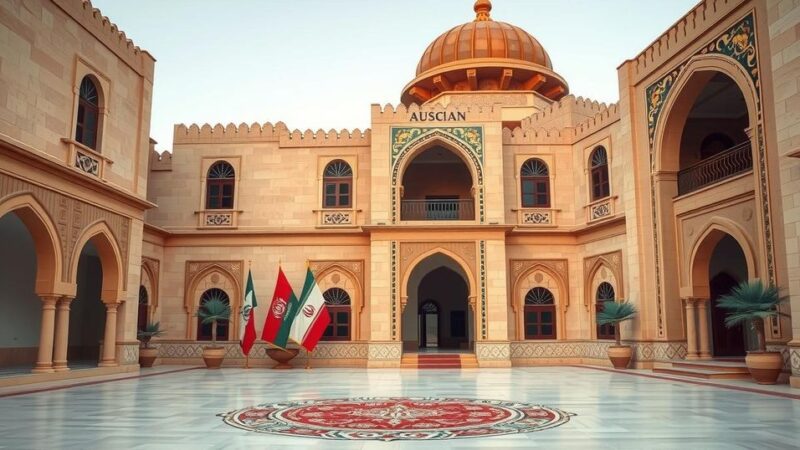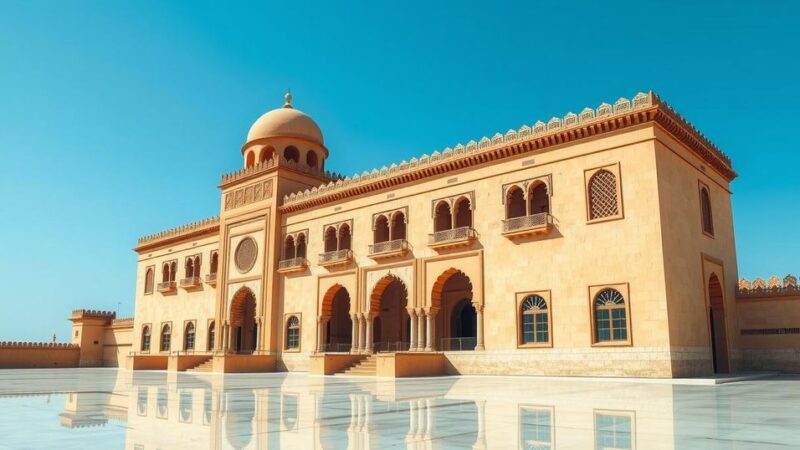Recent developments in the Middle East reveal a significant decrease in Iranian influence following substantial losses for Hezbollah and the collapse of the Assad regime. In contrast, Qatar is strategically positioning itself to gain from these changes by enhancing relationships with groups such as Hamas. The resulting complexities indicate that while Iran struggles, new political dynamics are emerging, particularly concerning the enduring role of Hamas and its implications for Israel and the broader region.
The geopolitical landscape of the Middle East is undergoing significant shifts due to recent developments impacting the Iranian-backed axis. Hezbollah has reportedly suffered substantial losses during an Israeli campaign, while the Assad regime has collapsed, which undermines Iran’s logistics for supplying its allies, particularly Hezbollah. Amid these challenges faced by Iran, Qatar is positioning itself to capitalize on the resulting power vacuum. Qatar’s willingness to engage with entities such as Hamas provides it with leverage in ongoing regional complexities.
Despite Iran’s setbacks, Hamas remains a formidable force in Gaza, continuing to control the area and hold hostages, thereby complicating the narrative of victory against Iranian influence. Qatar’s role in hosting critical regional discussions, including participation from officials across many nations, indicates its ambitions to enhance its diplomatic clout. Key figures attending the recent Doha Forum included foreign ministers from Iraq, Turkey, and others, highlighting Qatar’s emerging significance in regional diplomacy, especially as Iran, once a dominant actor, starts to pivot towards new alliances.
In understanding Qatar’s maneuvering, it is essential to assess the historical context of Iran’s relationships in the region. Iran has often utilized proxy groups, primarily Shi’ite militias, to exert control, while Qatar’s strategy has leaned towards strengthening Sunni affiliations, particularly with the Muslim Brotherhood. After facing setbacks in the past, such as the fallout from the 2017 diplomatic crisis led by Saudi Arabia, Qatar has fortified its alliance with Turkey, which also supports Hamas. This partnership thus positions Qatar uniquely to benefit from Iran’s diminished strength.
The outcome of Assad’s fall signifies an uncertain trajectory for Syria but presents Doha with fresh opportunities to influence the circumstances and power dynamics in Damascus. Nevertheless, Israel’s challenges persist as Hamas aims to extend its influence amidst ongoing tensions. While Israeli interests appear to be bolstered by Iran’s current vulnerabilities, it is crucial to recognize that Hamas, with support from its allies in Qatar and Turkey, continues to threaten stability in the region. The reality indicates that while some elements are weakened, new threats may rise, necessitating keen vigilance from Israel and its allies against the evolving landscape presented by groups like Hamas.
In essence, the region is experiencing a complex chess match where the fallout from Assad’s regime collapsing does not equate to the cessation of challenges for Israel. Qatar’s strategic positioning as a supporter of Hamas and its newfound influence invites a nuanced understanding of regional dynamics, particularly as the geopolitical situation remains in flux. The intersection of these developments will invariably impact belonging relationships among Iran, Qatar, and Hamas, which demands ongoing scrutiny and strategic engagement from all parties involved.
The article explores the evolving geopolitical environment within the Middle East influenced by recent confrontations involving Iran and its proxies. With Hezbollah registering significant losses against Israeli forces and the Assad regime’s downfall, Iran finds itself in a precarious position. Amidst these circumstances, Qatar is rising as a potential beneficiary, positioning itself to exert greater influence on regional dynamics, particularly concerning groups like Hamas. The narrative highlights the historical context of Iran’s support for various factions and contrasts it with Qatar’s approach through alliances with Sunni groups, notably the Muslim Brotherhood. This comparative analysis sheds light on the implications of these developments for regional power structures.
In conclusion, the current geopolitical shifts symbolize a notable transformation in Middle Eastern dynamics, characterized by Iran’s weakened standing amid the fall of ally regimes and exploratory moves by Qatar to enhance its influence primarily through collaboration with groups like Hamas. While Israel may perceive immediate gains, the presence of persistent threats from Hamas and its supporters underscores the complexities that persist within the region. It remains essential for stakeholders to adopt a strategic perspective in navigating the intricate interplay of power, alliance formation, and conflicts that continue to shape the future of the Middle East.
Original Source: www.jpost.com






